The creative forces behind Montblanc on getting the horological details just right
Davide Cerrato joins forces with Zaim Kama as they weave the storied manufacture into Montblanc’s horological masterplan

Montblanc’s horological metamorphosis spins around the qualities this duo bring to Minerva, a small, traditional manufacture celebrated for its beautifully conceived and made chronograph movements. Cerrato and Kamal appreciate Minerva’s heritage and understand how to structure collections that mix its high-end, handmade movements with higher-volume movements from Montblanc and more affordable options from the likes of Dubois Dépraz and Sellita. It’s a design sensibility that refers to the past without resorting to pastiche. When we meet them in Switzerland, just before Montblanc’s 2019 collection is launched, Cerrato is in a hopeful mood: ‘This year’s models are the culmination of a three-year evolution, from which three strong pillars have evolved — sports, classic and vintage. Some people didn’t consider sports watches a natural route for us, but it’s a category we need. There’s a big trend for chronographs and the success at auction of watches like the ‘Paul Newman Rolex Daytona’ is helping to drive that.’
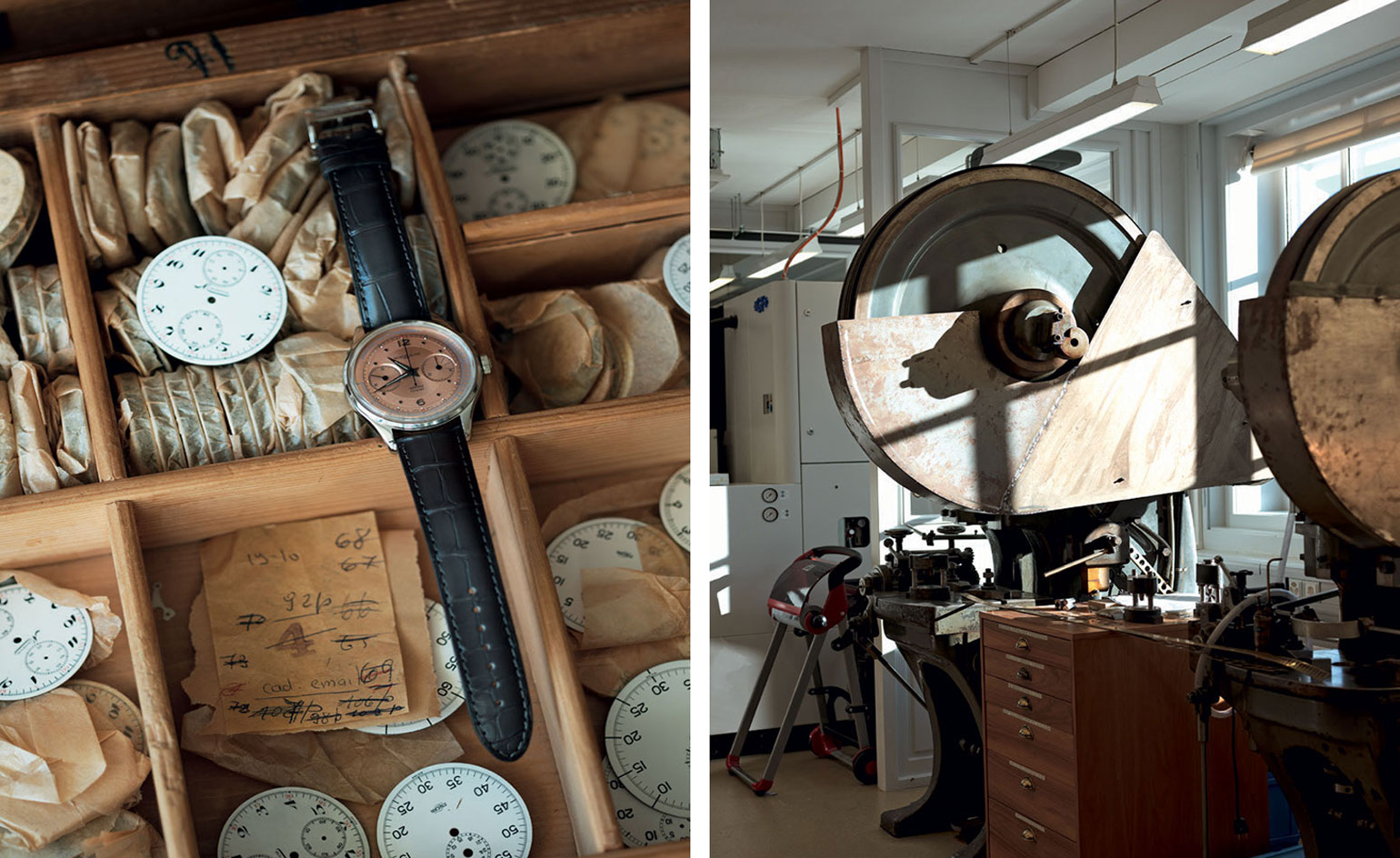
Left, watch dials from the archive and the ‘Heritage Pulsograph’, £24,900, by Montblanc. Right, at Minerva, craftsmen use traditional techniques and tools.
The focus on sports chronos is actually a smart connection to Minerva’s history, and Cerrato’s use of that heritage as the nucleus of each new product has given the collection its coherence, its sense of looking right. Take the new ‘Heritage Pulsograph’, inspired by Minerva’s chronographs from the 1940s and 1950s. The pulsograph was then commonly used by doctors – as Cerrato says, ‘people liked to track their health even before the iPhone’. With its 41mm dial, it’s a bit more wearable than smaller, classic pieces.
We look at successful designs from the past and see if they suit a contemporary expression
Kamal’s touch combines a vintage feel with
a stylish modernity, thanks to the use of contemporary materials such as ceramic, and the skills
of Montblanc’s Italian pelletteria, with whom
he creates straps for each piece.
In terms of fine detail, Cerrato and Kamal debate each element, from the use of Arabic numerals
to the three-minute sectors on the subdial, originally designed to track payphone-call costs. One of the more connoisseur vintage references is the domed dial. ‘It gives it an emotional touch,’ says Kamal. ‘We never just copy from the archive, but we
look at the successful designs from the past and then see if they might suit a contemporary expression,’
he continues.
INFORMATION
Receive our daily digest of inspiration, escapism and design stories from around the world direct to your inbox.
James Gurney has written on watches for over 25 years, founding QP Magazine in 2003, the UK’s first home-grown watch title. In 2009, he initiated SalonQP, one of the first watch fairs to focus on the end-consumer, and is regarded as a leading horological voice contributing to news and magazine titles across the globe.
-
 Out of office: The Wallpaper* editors’ picks of the week
Out of office: The Wallpaper* editors’ picks of the week'Tis the season for eating and drinking, and the Wallpaper* team embraced it wholeheartedly this week. Elsewhere: the best spot in Milan for clothing repairs and outdoor swimming in December
-
 How Stephen Burks Man Made is bringing the story of a centuries-old African textile to an entirely new audience
How Stephen Burks Man Made is bringing the story of a centuries-old African textile to an entirely new audienceAfter researching the time-honoured craft of Kuba cloth, designers Stephen Burks and Malika Leiper have teamed up with Italian company Alpi on a dynamic new product
-
 Valie Export in Milan: 'Nowadays we see the body in all its diversity'
Valie Export in Milan: 'Nowadays we see the body in all its diversity'Feminist conceptual artists Valie Export and Ketty La Rocca are in dialogue at Thaddaeus Ropac Milan. Here, Export tells us what the body means to her now
-
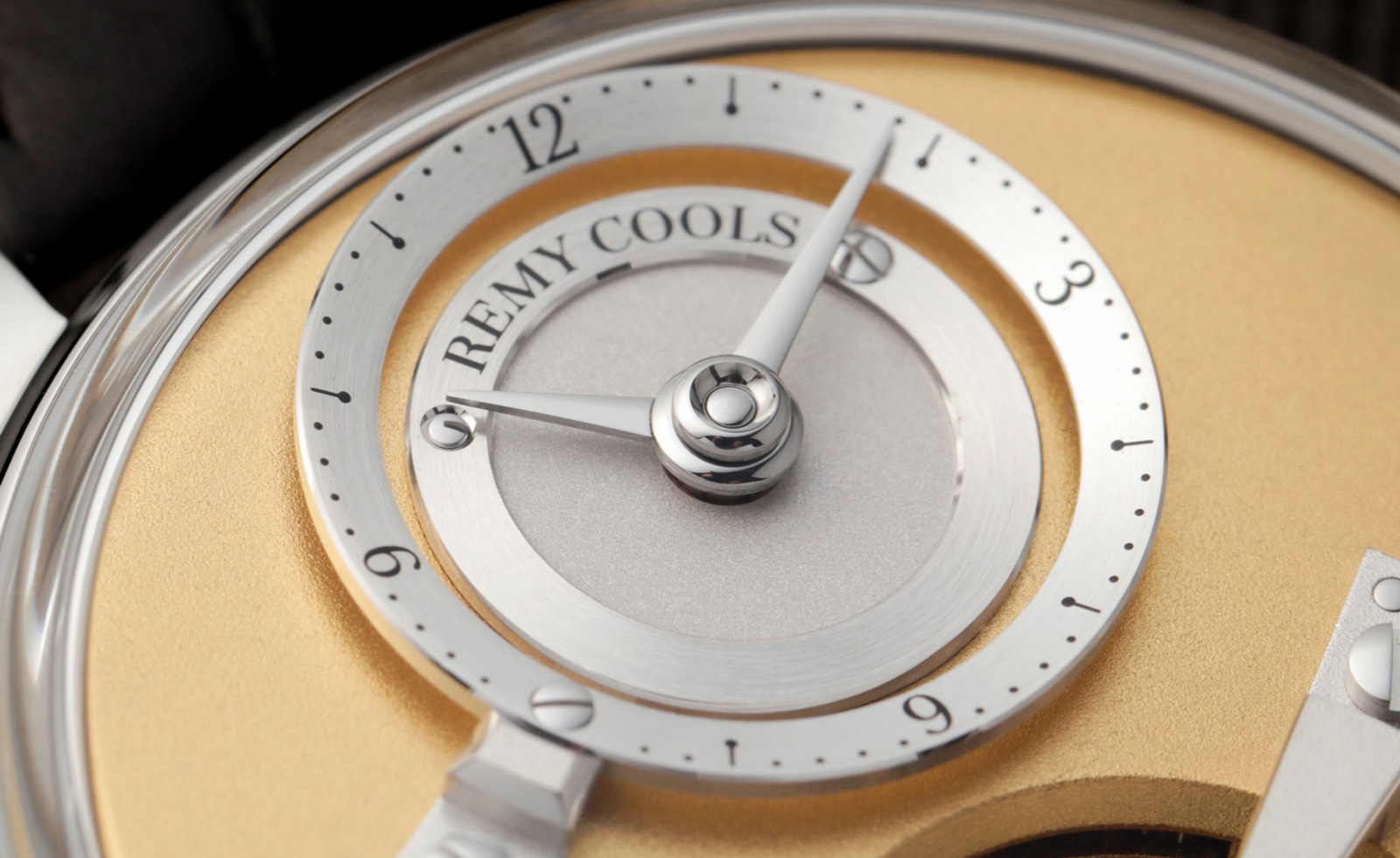 Meet the young watchmakers stirring up the industry
Meet the young watchmakers stirring up the industryLoupes at the ready, these artisans are ones to 'watch'
-
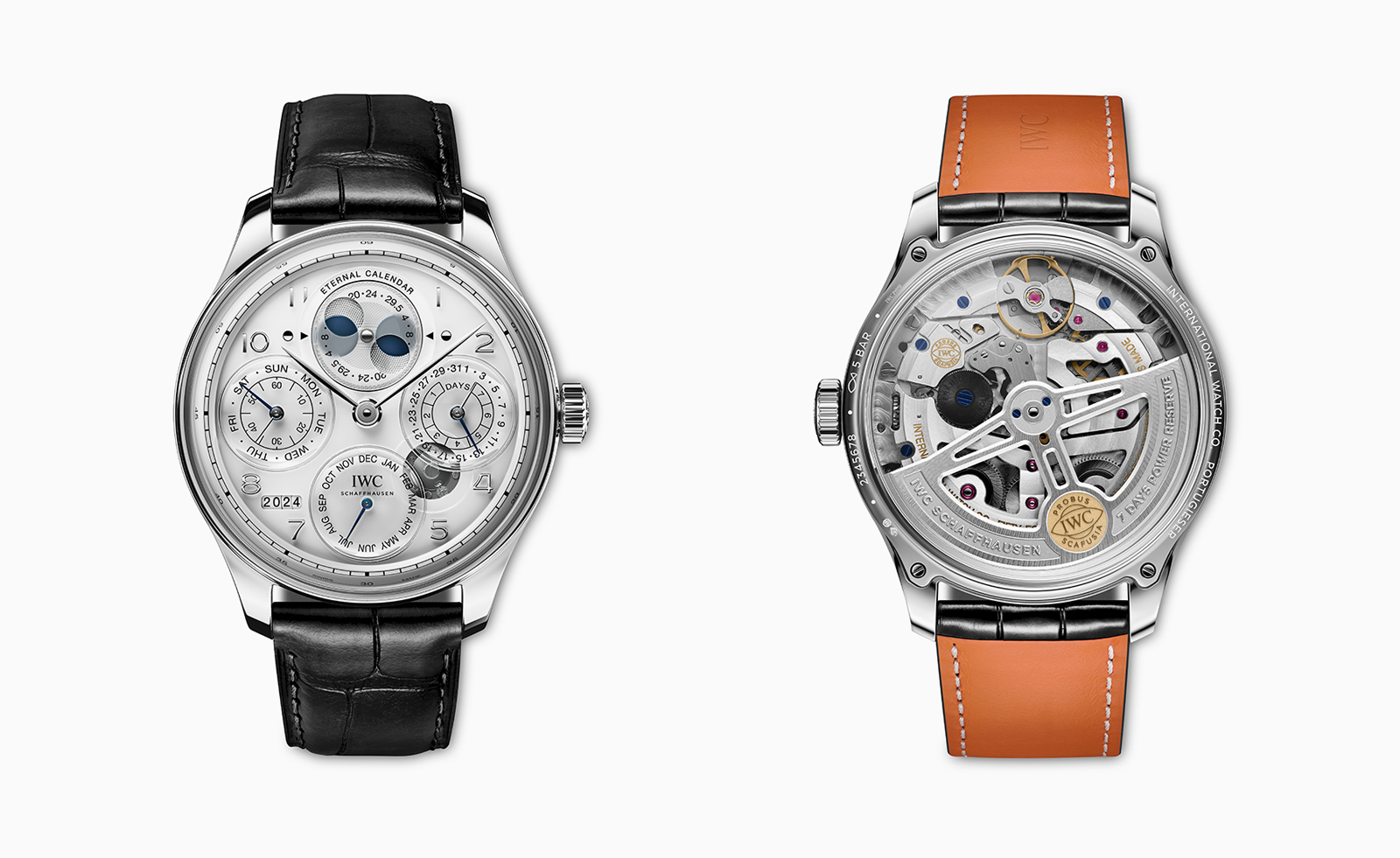 Take a look at the big winners of the watch world Oscars
Take a look at the big winners of the watch world OscarsThe Grand Prix d’Horlogerie de Genève is the Oscars for the watch world – get all the news on the 2024 event here
-
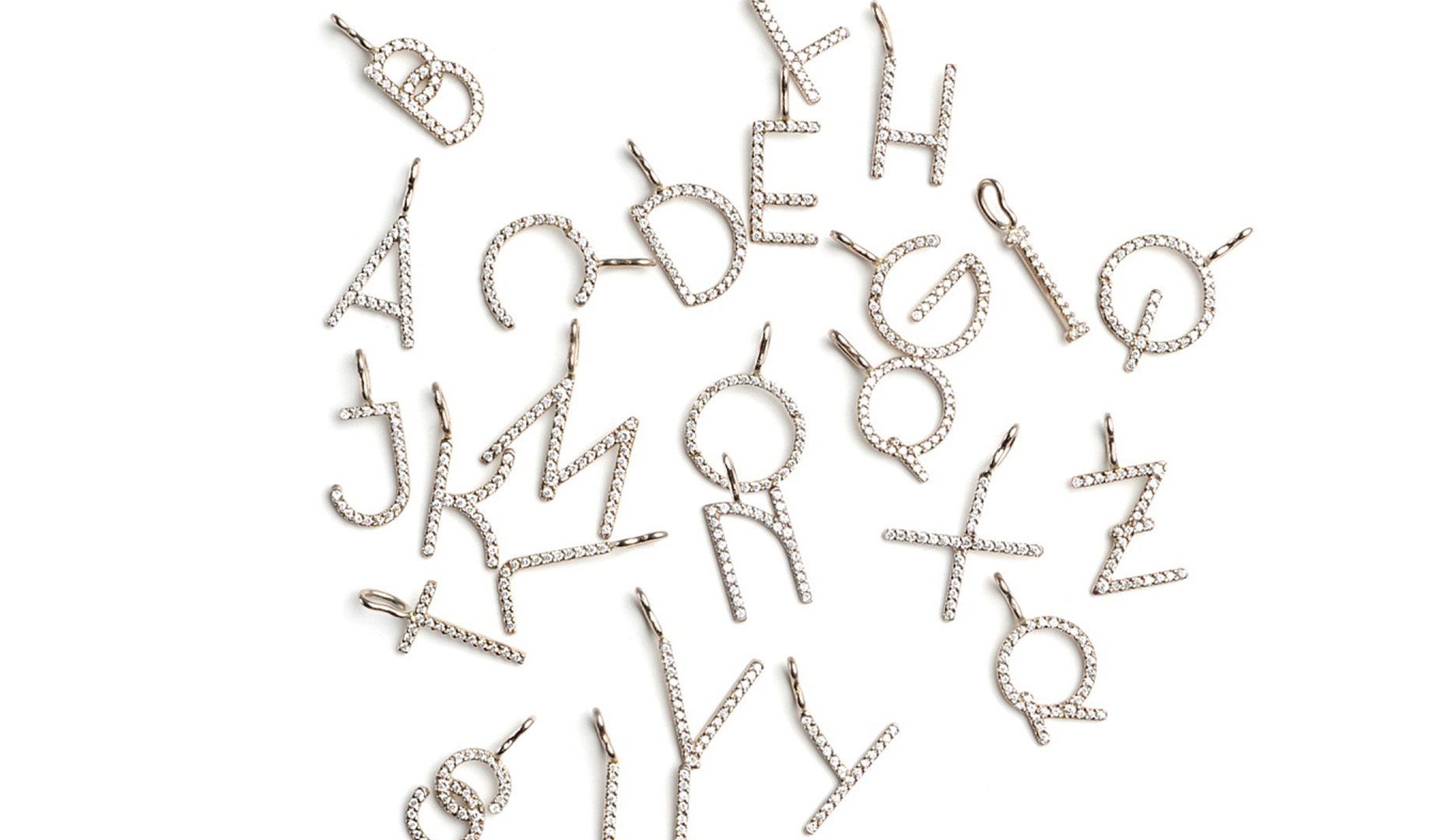 Back-to-school jewels: precious pieces for new terms and fresh starts
Back-to-school jewels: precious pieces for new terms and fresh startsPrepare to be on sparkling form this semester – we've got your jewellery kit sorted, from a diamond alphabet to a rose-gold pencil bracelet
-
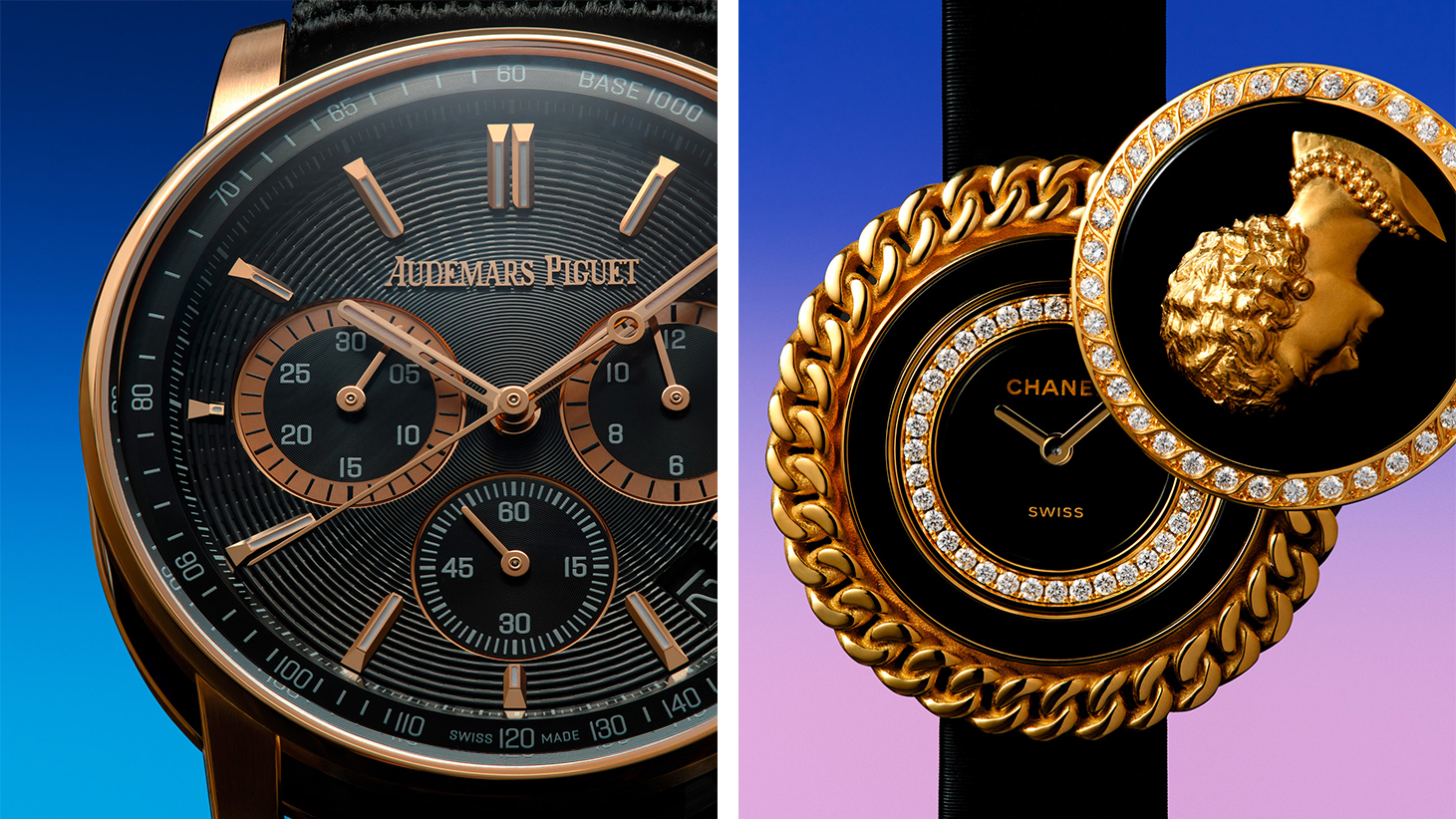 Dark watches show it’s time to embrace an inky palette
Dark watches show it’s time to embrace an inky paletteDiscover new dark watches from brands including Audemars Piguet, Omega, Chanel and Tudor
-
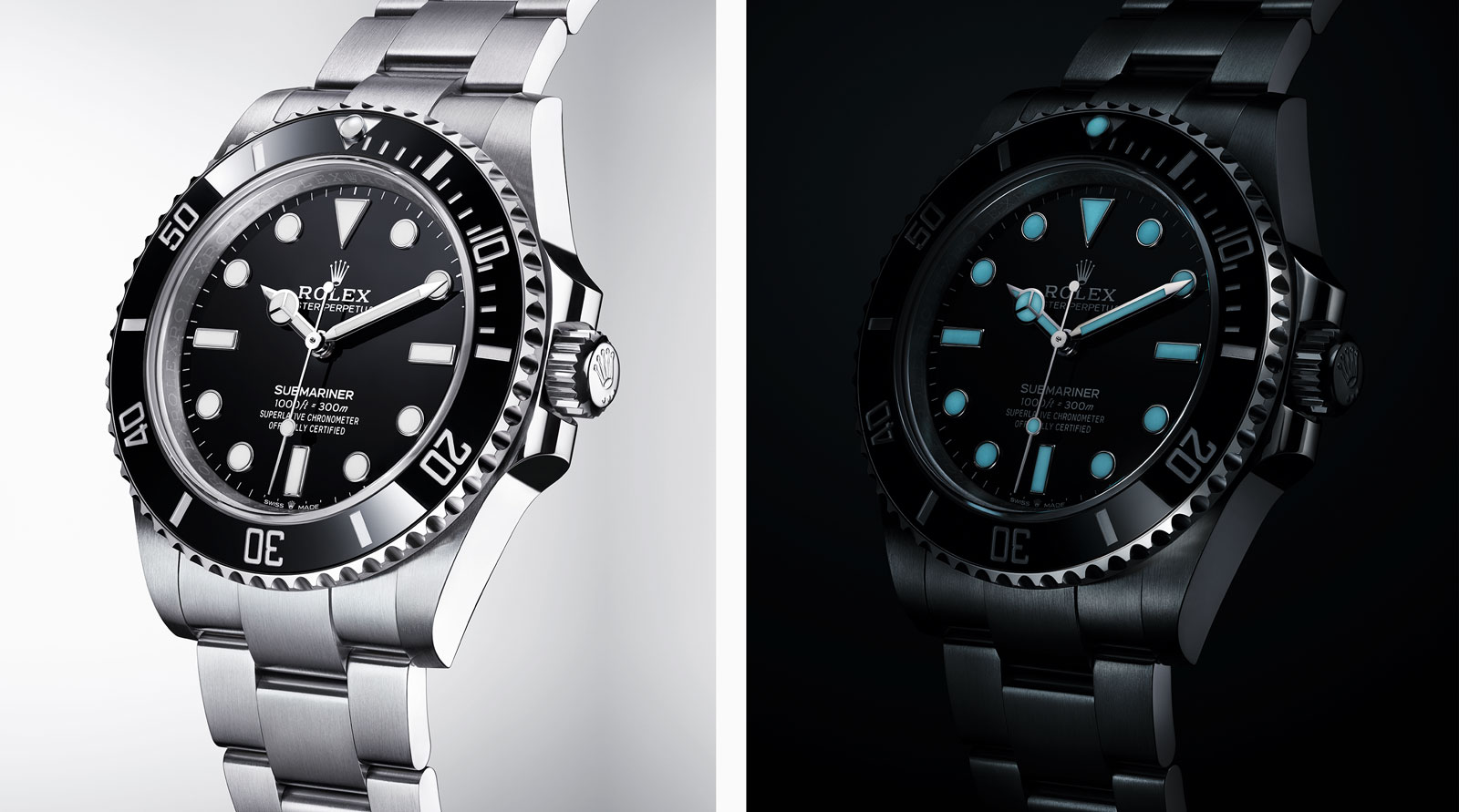 Classic watch designs to last a lifetime
Classic watch designs to last a lifetimeWhen considering which watch design to invest in, disregard trends and consider classic pieces characterised by timeless design
-
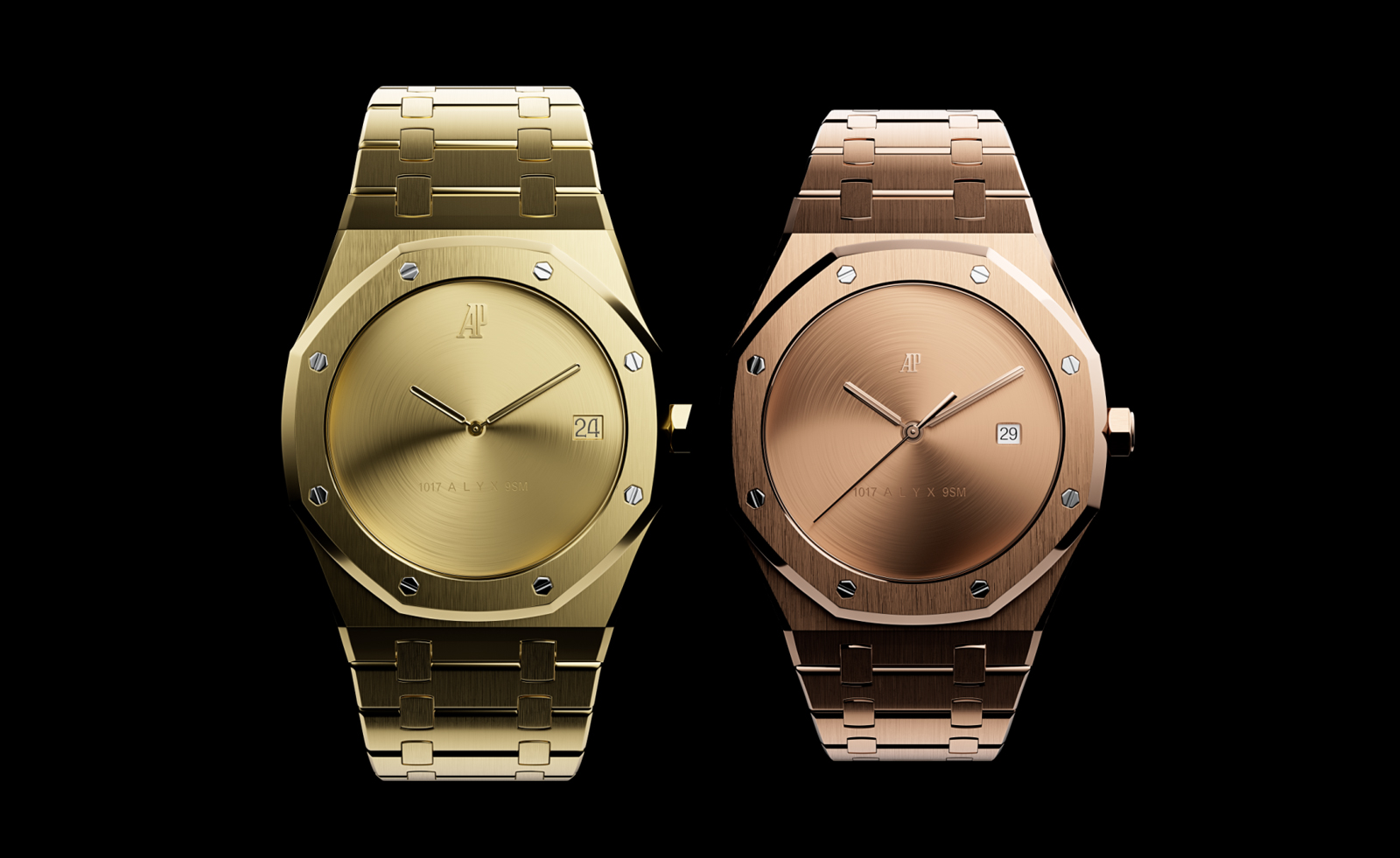 Browns and Mad Paris rethink Audemars Piguet Royal Oak
Browns and Mad Paris rethink Audemars Piguet Royal OakWatch customisation specialist Mad Paris has developed two new versions of the Audemars Piguet Royal Oak for Browns
-
 Time for an eco-friendly watch?
Time for an eco-friendly watch?Some of the more eco-friendly watch materials being embraced by sustainably-minded watchmakers include recycled steel, bioceramic and cork
-
 Boundary-breaking Chanel watch is tweaked for a new generation
Boundary-breaking Chanel watch is tweaked for a new generationThe Boy.Friend Skeleton appeals to both men and women with its distinctive octagonal silhouette